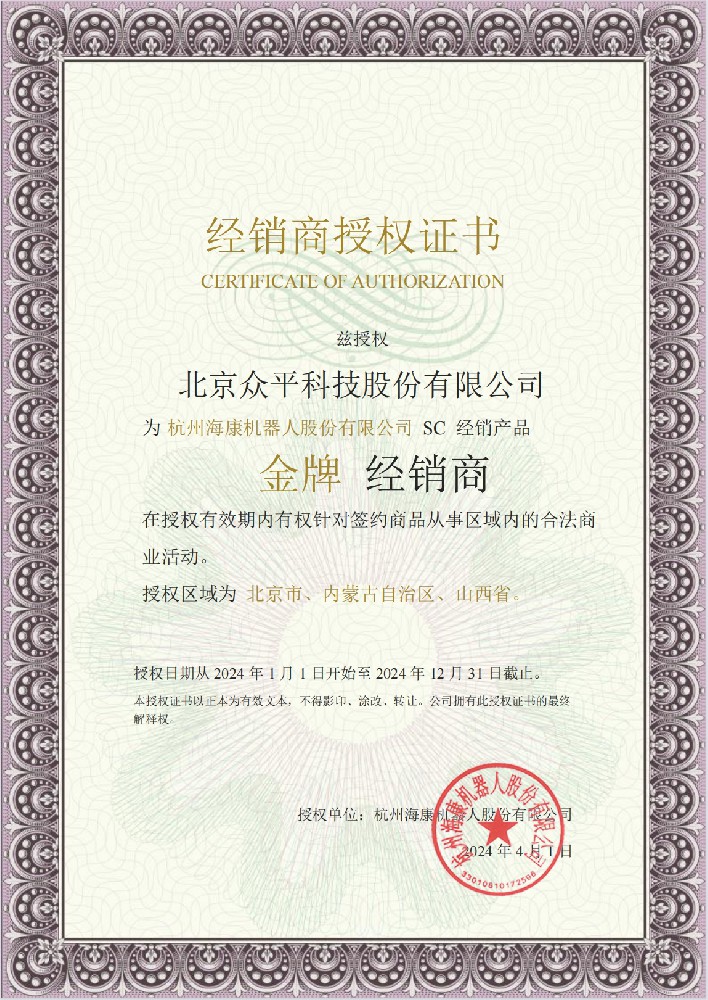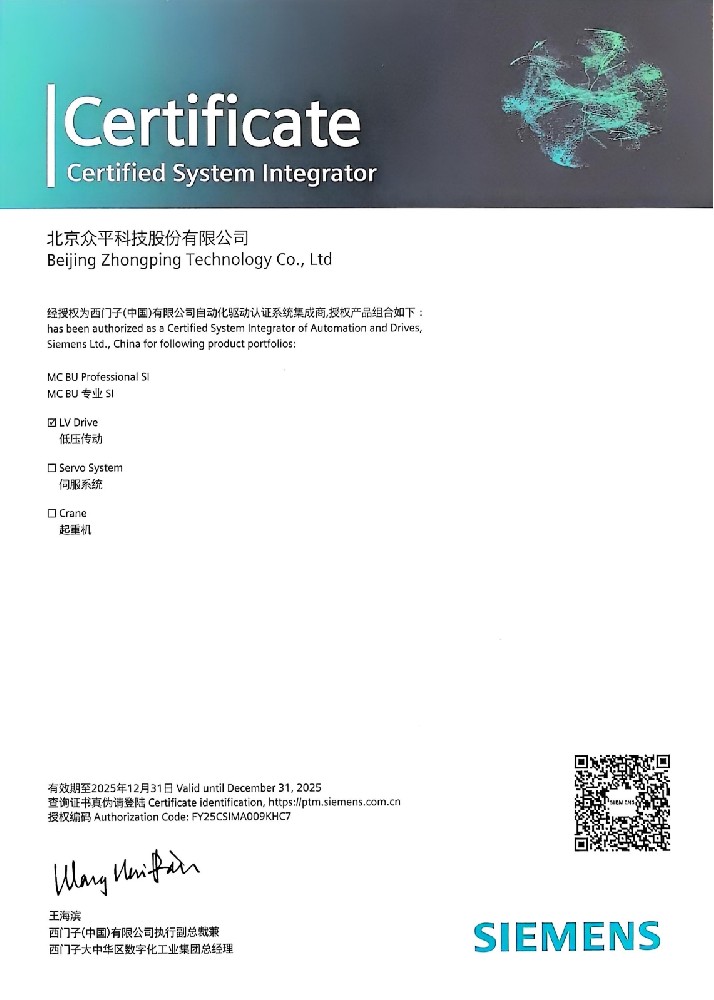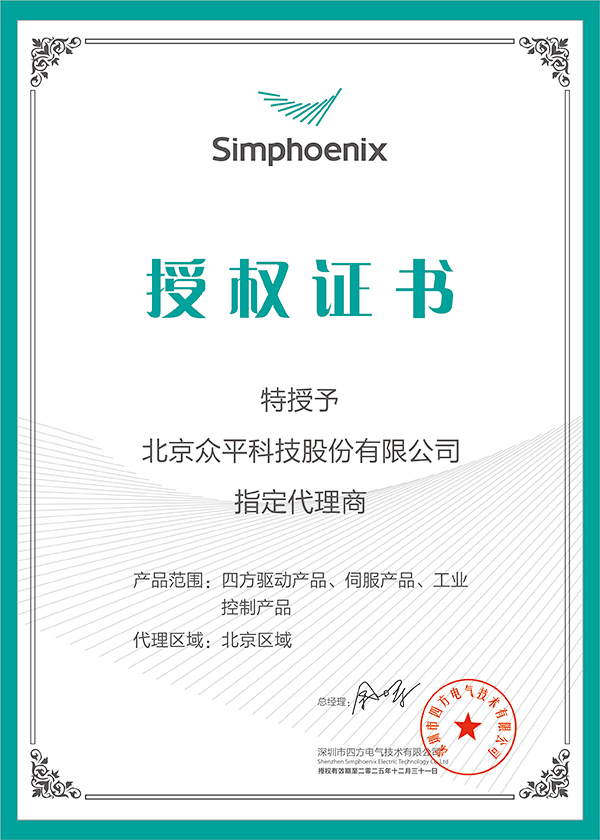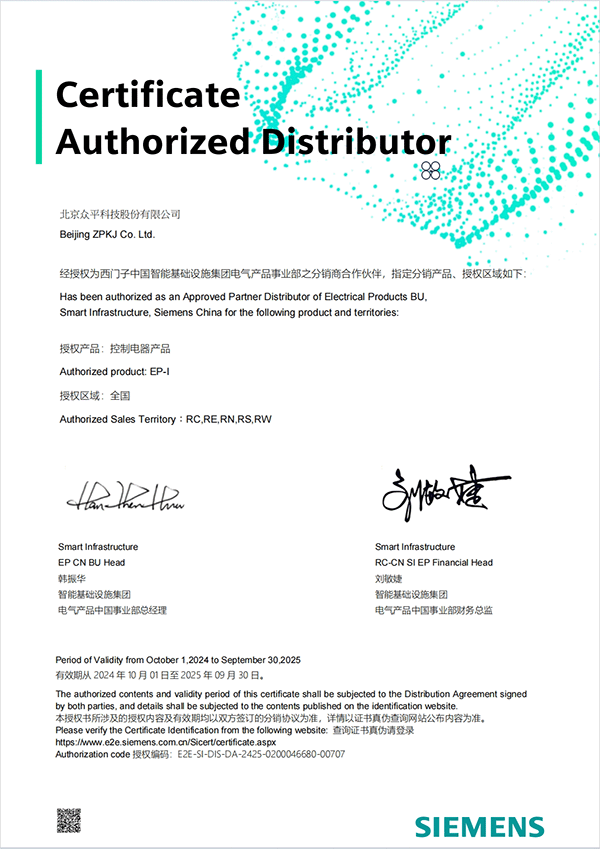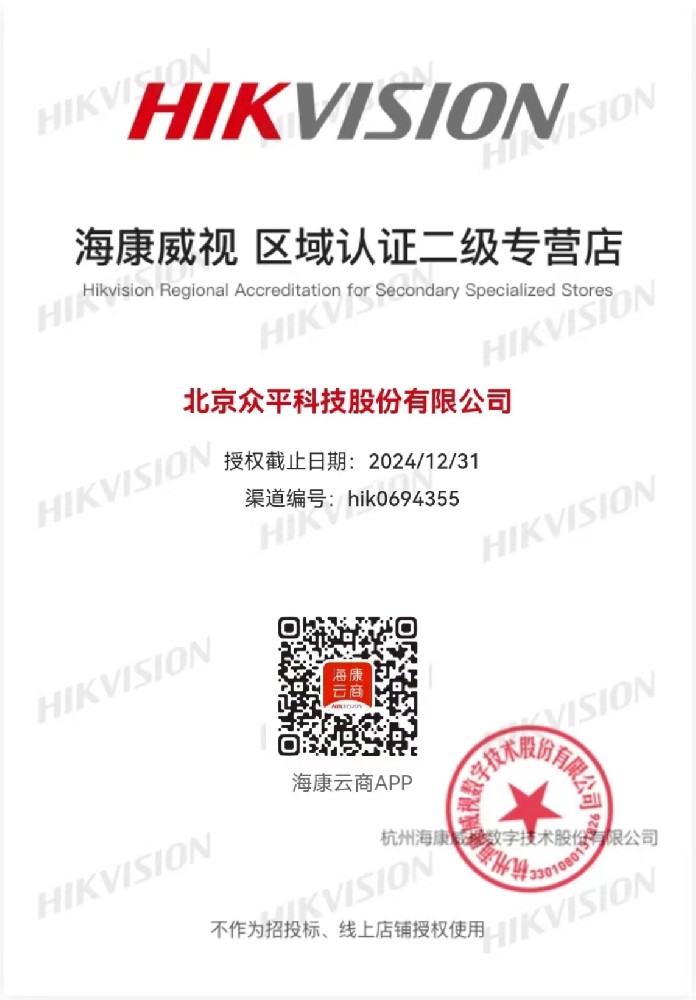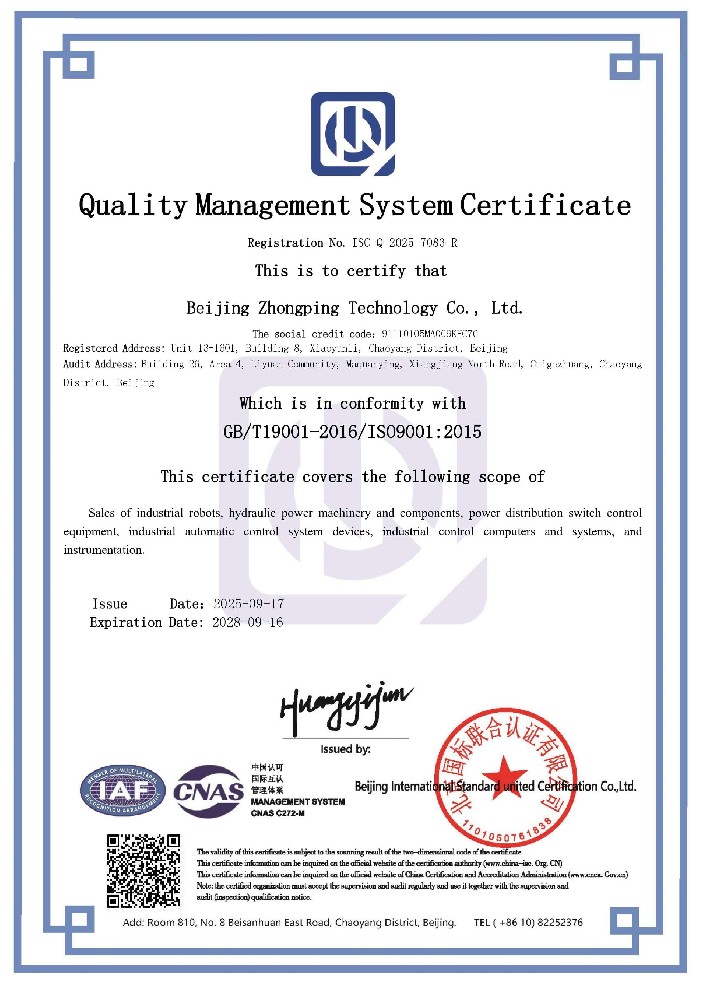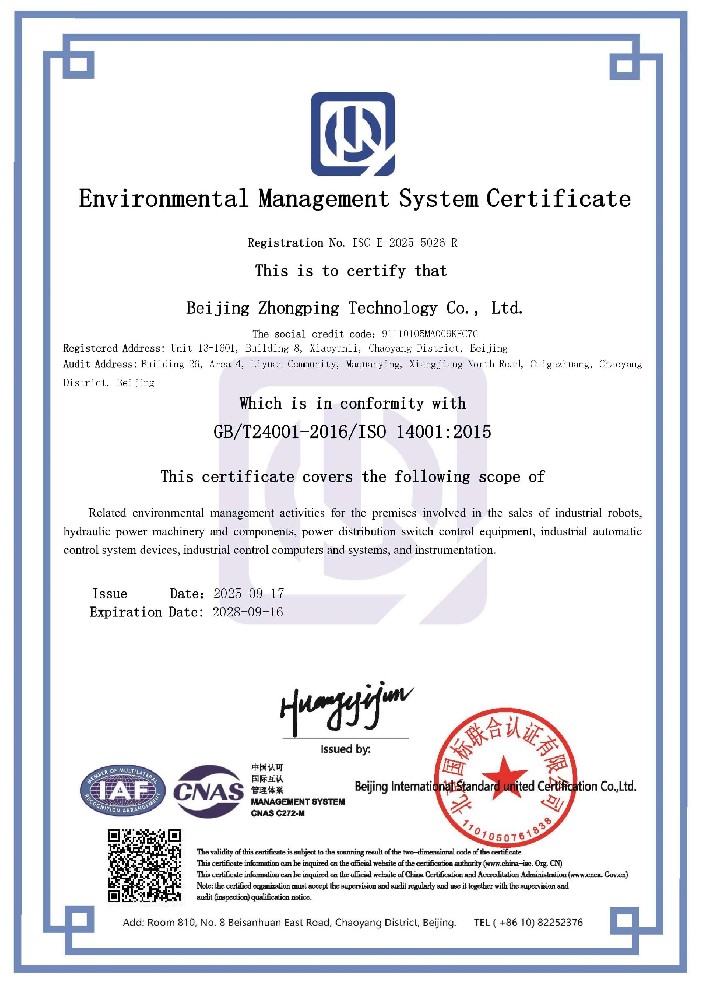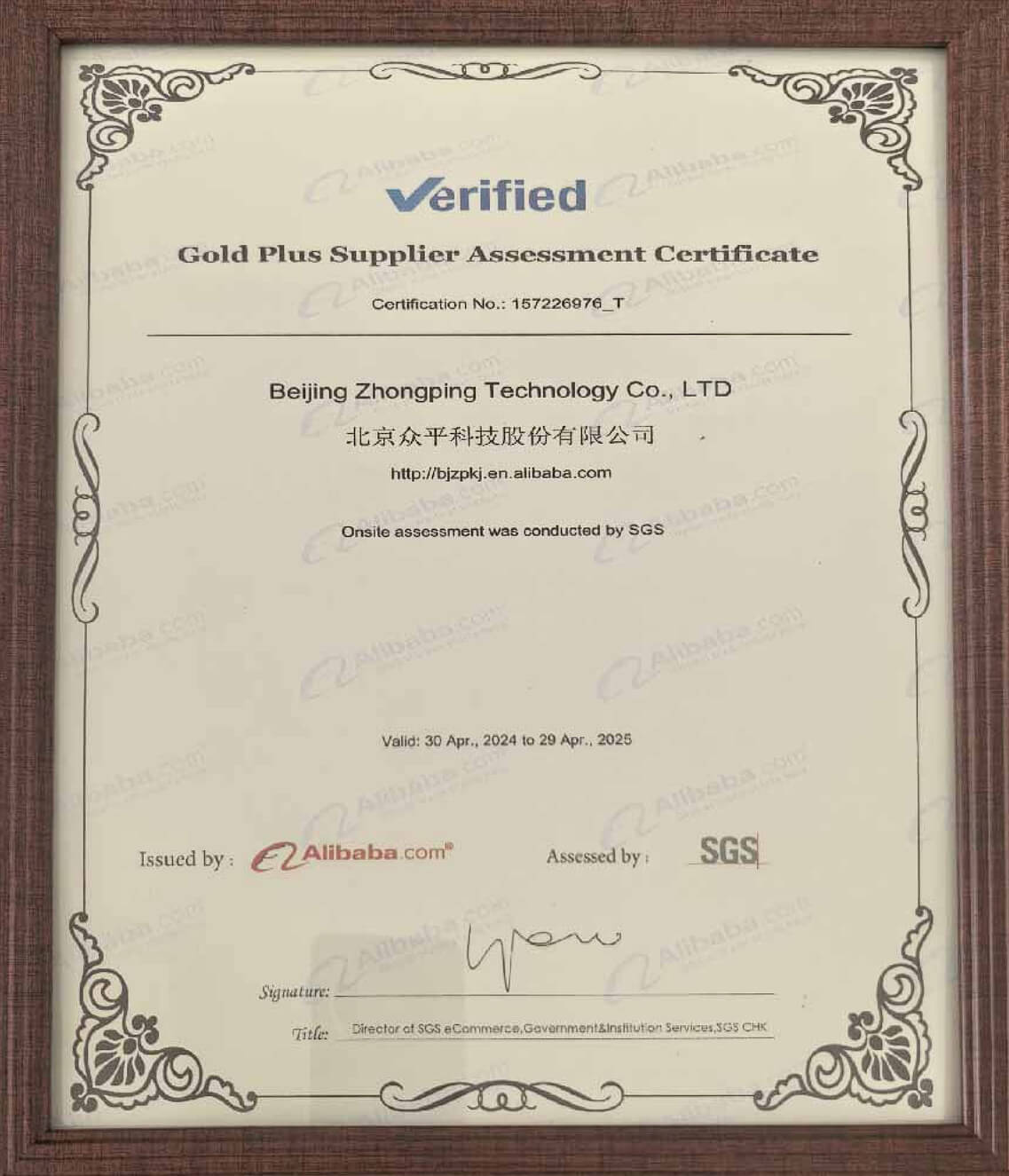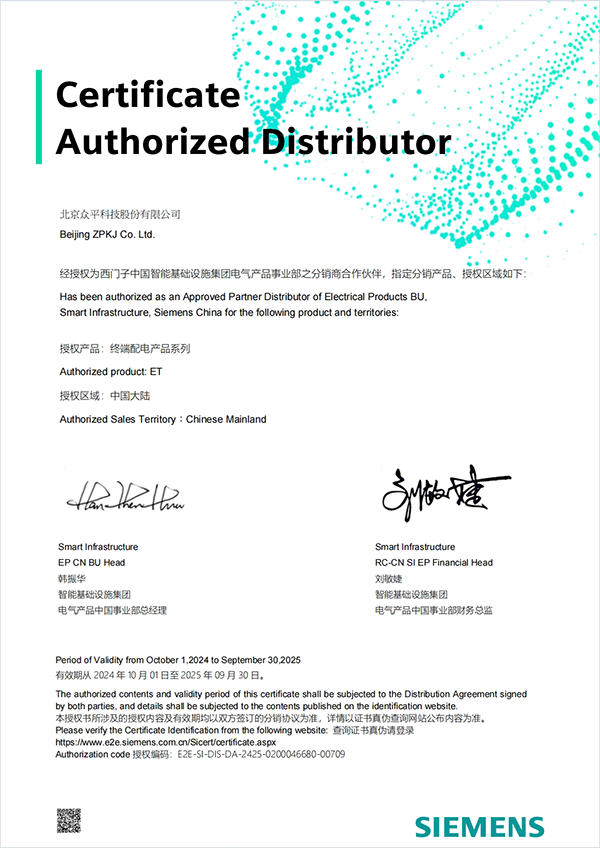Siemens SINAMICS S120 Basic Line Module 6SL3330-1TE34-2AA3: A Robust 200kW Power Foundation for Industrial Drive Systems
Overview
The Siemens 6SL3330-1TE34-2AA3 is a Basic Line Module (BLM) from the SINAMICS S120 drive family, designed in a chassis-type format for high-power industrial applications. This module serves as a robust regenerative feeder module for the system's DC bus, converting incoming three-phase AC power (380-480V) into a stable DC supply (510-650V DC) for connected motor modules. With a substantial 200kW output power at 420A, it is engineered for scenarios where energy exchange between motors occurs on the DC link and formal feedback to the grid is not required. Its chassis-type construction with internal air cooling makes it suitable for standalone cabinet installation in demanding environments, providing a cost-effective and reliable power conversion solution for large-scale automation systems.
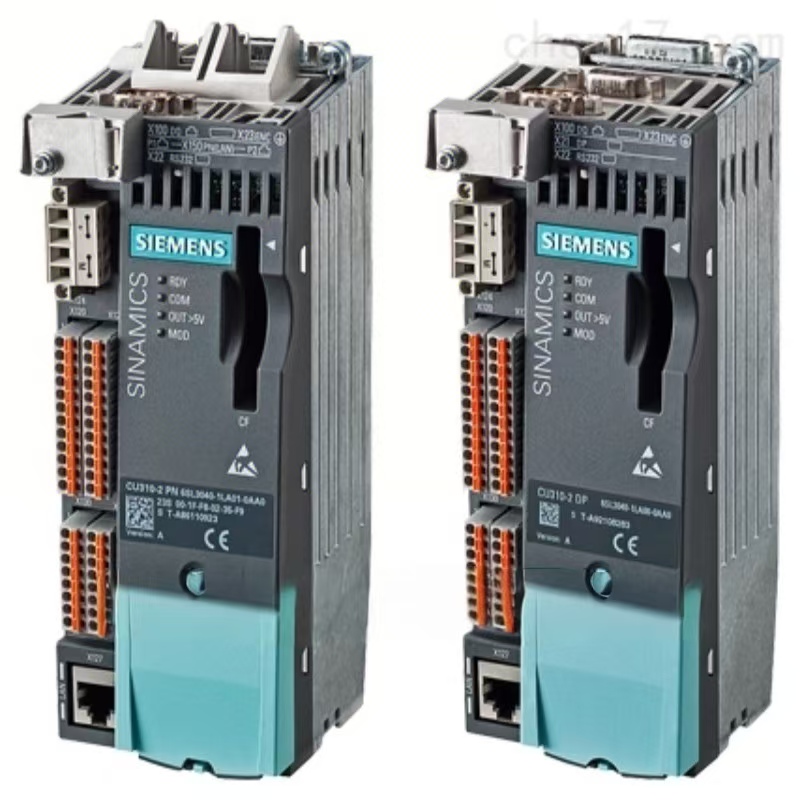
Product Core: Technical Specifications and Functional Design
The 6SL3330-1TE34-2AA3 operates on a straightforward rectification principle, acting as the foundational power source for a common DC bus architecture within the S120 drive system.
Parameter
Specification
Article Number 6SL3330-1TE34-2AA3
Product Type SINAMICS S120 Basic Line Module (BLM)
Design Chassis Type
Input Voltage 3 AC 380 – 480 V, 50/60 Hz
Output Power 200 kW
Output DC Current 420 A
Output DC Voltage 510 – 650 V DC (Non-regulated)
Regenerative Capability No (Requires external braking module)
Cooling Method Internal air cooling
Communication Integrated DRIVE-CLiQ interface
1.2 In-Depth Functional Analysis
Non-Regenerative Rectification and Braking: As a Basic Line Module, its core function is unidirectional AC-to-DC conversion. It cannot invert braking energy from the motors back to the grid. For drive systems requiring rapid deceleration of high-inertia loads, a braking module and an external braking resistor must be installed to dissipate the regenerated energy as heat. This makes it a "regenerative feeder module" only in the context of feeding the DC bus during motoring, not for grid feedback.
Non-Regulated DC Link and System Integration: The output DC voltage is not actively stabilized and fluctuates proportionally with the input AC voltage. It is fully integrated into the S120 control system via DRIVE-CLiQ, allowing the central Control Unit (e.g., CU320-2) to automatically identify the module, monitor its status (temperature, faults), and manage the system's power structure seamlessly.
Pre-charging Circuit and Safety: The module includes a built-in pre-charging circuit to safely energize the DC link capacitors upon startup, preventing excessive inrush current. Its standard interfaces include power and DC bus connections, a 24V DC electronic power supply, and multiple DRIVE-CLiQ ports for comprehensive system integration and diagnostics.
Performance and Application Advantages
The 6SL3330-1TE34-2AA3 delivers maximum value in high-power applications where its operational characteristics align with process requirements.
Cost-Effective High-Power Solution: For applications like large pumps, fans, compressors, and conveyors without frequent braking, this BLM offers a significantly lower initial investment compared to regenerative Active Line Modules (ALM) or Smart Line Modules (SLM) of similar power, without compromising reliability.
Simplified System Architecture for Stable Loads: In continuous-process industries where load changes are infrequent and braking energy is minimal, the BLM provides a straightforward and robust power supply solution. Its simplicity translates to high reliability and ease of maintenance.
Compatibility with Various Grid Systems: The module is designed to operate effectively in both grounded TN/TT and ungrounded IT supply systems, enhancing its flexibility for global industrial application.
Expanded Perspective: The Role of Basic Line Modules in High-Power Industrial Systems
Understanding the positioning and implementation requirements of a chassis-type BLM is crucial for optimal system design and long-term performance.
1. The Power Module Hierarchy: BLM's Position in the S120 Portfolio
The choice between a Basic Line Module (BLM), Smart Line Module (SLM), and Active Line Module (ALM) is a fundamental decision with direct implications on performance, energy management, and cost.
Basic Line Module (BLM - This Model): The economical, non-regenerative workhorse. It is the preferred choice for cost-driven applications without frequent braking or where the energy from motoring and regenerative axes can be balanced on the DC bus itself.
Smart Line Module (SLM): The middle-ground, regenerative solution. It can feed braking energy back to the grid, saving energy, but it does not provide a regulated DC link voltage. It is ideal for applications with frequent braking where energy savings are desired but a stable DC voltage is not critical.
Active Line Module (ALM): The high-performance, regenerative solution with a regulated DC link. It ensures a constant DC bus voltage regardless of grid fluctuations and offers superior power quality. It is reserved for the most demanding, high-dynamic applications where process stability is paramount.
Selection Insight
Choose a BLM when the application has infrequent braking, low potential for energy recovery, or the system can balance energy between axes on the DC bus, and the primary driver is the lowest initial cost.
Choose an SLM when energy savings from regeneration are a priority and the application can tolerate a fluctuating DC link voltage.
Choose an ALM when the process requires an absolutely stable DC link voltage for maximum performance and superior power quality, regardless of cost.
2. Critical System Design and Implementation Notes
Implementing a 200kW BLM requires careful attention to its specific needs and limitations within the broader drive system.
The Mandatory Braking Unit: For any scenario involving motor deceleration (e.g., stopping a large fan or lowering a hoist), an external braking module (e.g., from the 6SL3000 series) and a suitably sized braking resistor are not optional but essential. This unit switches the resistor into the circuit to dissipate braking energy as heat, preventing the DC bus voltage from rising to dangerous levels.
Cooling and Physical Installation: As a chassis-type module, it is designed for standalone mounting in a control cabinet. Ensuring adequate clearance for its internal air cooling system to function effectively is critical. The cabinet's ambient temperature and general ventilation must be designed to handle the thermal losses of a 200kW unit to ensure long-term reliability.
Configuration and Control: The module is parameterized and controlled entirely by the higher-level Control Unit (e.g., CU320-2) via DRIVE-CLiQ. Using Siemens' SINAMICS Startdrive software within the TIA Portal, engineers can easily set up the power structure and monitor the BLM's status, integrating it into the overall automation solution.
Frequently Asked Questions (FAQs)
1. What is the most significant operational limitation of this BLM compared to an SLM or ALM?
The most significant limitation is its inability to regenerate braking energy back to the grid. While an SLM or ALM can feed this energy back, reducing overall power consumption, this BLM must waste all braking energy as heat via an external braking resistor. This not only increases electricity costs but also generates significant waste heat that must be managed by the facility's cooling systems.
2. How does the "non-regulated" DC link voltage of this BLM affect motor performance?
A non-regulated DC link means the voltage supplied to the motor modules is directly tied to the mains voltage. If the line voltage sags by 10%, the DC bus voltage and the motor's available voltage and torque will also drop. For robust applications like pumps and fans, this is usually acceptable. However, for high-precision processes that must maintain full torque during network brownouts, the stable voltage provided by an ALM is necessary.
3. Can this 200kW BLM supply multiple motor modules on a common DC bus?
Yes, absolutely. This is a core strength of the S120's common DC bus architecture. This 200kW BLM establishes a DC bus that can supply any combination of S120 motor modules (e.g., several 50kW and 30kW modules). The total continuous power drawn by all motor modules from the DC bus should not exceed the BLM's 200kW power rating, considering both motoring and regenerative scenarios.
4. What are the key maintenance points for a high-power BLM like this?
Maintenance is largely preventative. The primary focus should be on ensuring the cooling paths are clean and unobstructed. Periodically check the tightness of the high-power connections during scheduled downtime. The most critical external maintenance item is the braking resistor; ensure it is clean, has unrestricted airflow, and is located away from combustible materials. Monitoring the module's temperature and fault history via the controller provides valuable data for predictive maintenance.
5. Is the DRIVE-CLiQ interface on this BLM used for active control of the rectification?
No, not for active control of the power conversion process itself. The DRIVE-CLiQ interface on the BLM is primarily used for identification, monitoring, and safety. It allows the system's Control Unit to automatically detect the module, read its type plate, monitor its status (temperature, faults), and implement safety functions like Safe Torque Off (STO). The actual rectification is a passive, non-controlled function.
FAQ
1.Who are We?
Beijing Zhongping Technology Co., LTD., is a one-stop integrated service provider of intelligent manufacturing, belongs to the Gong Doctor Group, is a scientific research, design, marketing, technical services, industrial Internet, international import and export services as one of the science and technology companies.
2.What can you buy from us?
PLC, inverter, human-machine interface, hydraulic products, low-voltage power distribution, industrial robots and core components
3.Is the item in stock or need to be purchased from another supplier?
We have a large inventory of goods and have our own warehouse.
4.What advantages do we have over other suppliers?
Our company has a large amount of inventory and a number of warehouses, but also in the country's important industrial provinces and cities with offices and a number of overseas service points. To provide you with intelligent manufacturing one-stop comprehensive services, save efforts, labor and cost.
5.Can you provide 100% new original authentic products?
We only sell new original genuine, no renovation, no fake, only for the original factory original!
6.How long is the delivery time?
If there is a stock, it will take 2-3 working days to ship, if the quantity is large, it will take 5-7 working days after receiving the payment, if it is not a conventional model, it will take some time, we will inform you of the specific delivery time.
7.Is there technical support available?
Of course, we have a professional technical team that can help you solve technical problems.
8.How do we guarantee quality?
We have three processes to control the quality of goods.
1). Our engineers will inspect the production and quality control in the factory regularly.
2) Incoming materials shall be inspected by experienced purchasing engineers before they can be stored.
3). At least 2 people in the logistics department cross-check the goods to be sent before delivery.
9.Can you guarantee the safe and reliable delivery of your products?
Yes, we strictly adopt the international standard packing. We also use special packaging for dangerous goods, and refrigerated shipping for items with temperature requirements. Special item packaging and general cargo standard packaging requirements may incur additional costs.
10.How about the freight?
The cost depends on how you choose to get the goods. Express is usually the fastest but also the most expensive way. Sea freight is the best solution for large quantities of goods. The exact shipping cost depends on the purchase amount、quantity and weight of your order. Please feel free to contact us for more information.


 010-64225983
010-64225983 +8613811814778
+8613811814778 info@zhongpingtech.com
info@zhongpingtech.com Building 26, Liyuan Community, Chaoyang District, Beijing, China
Building 26, Liyuan Community, Chaoyang District, Beijing, China